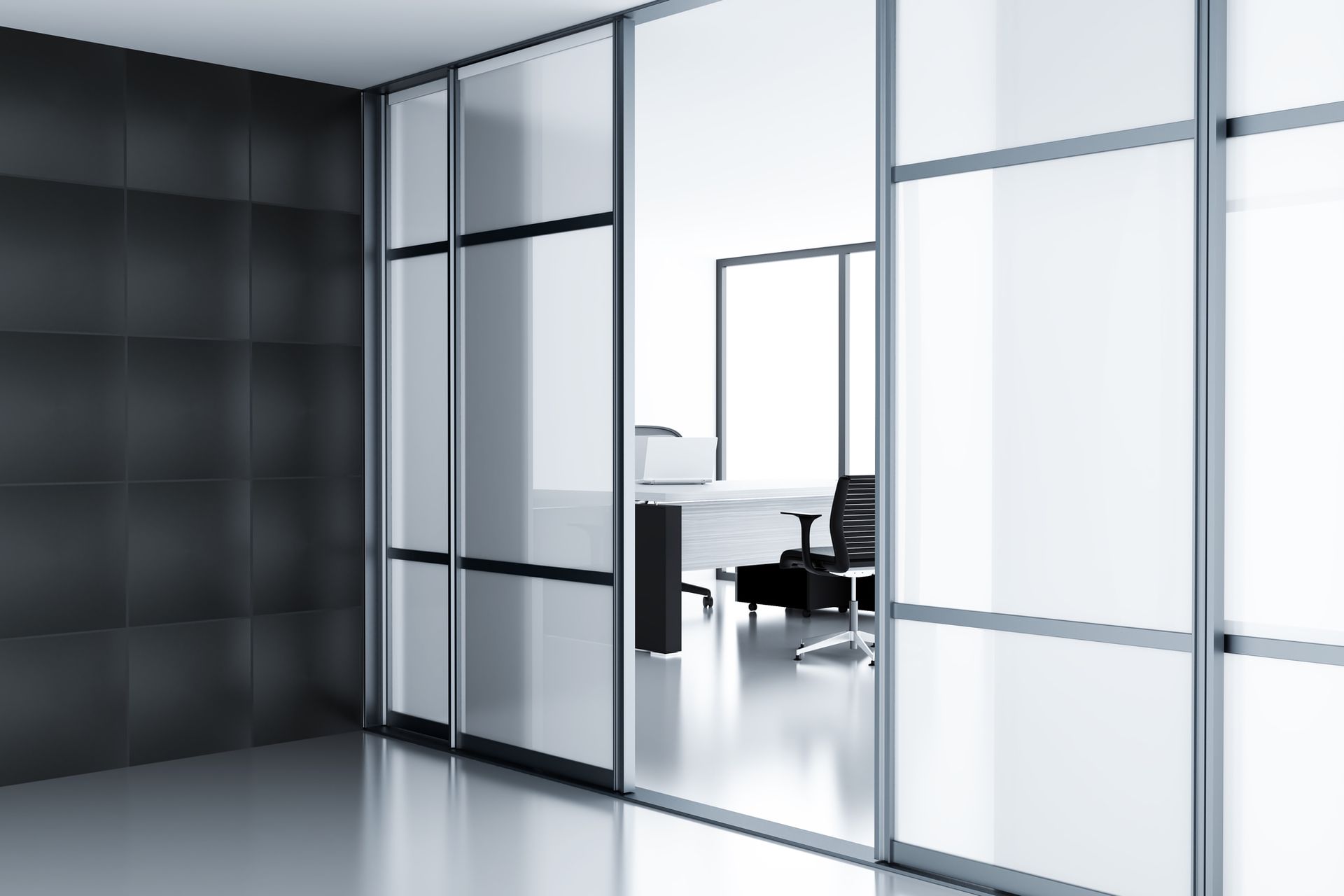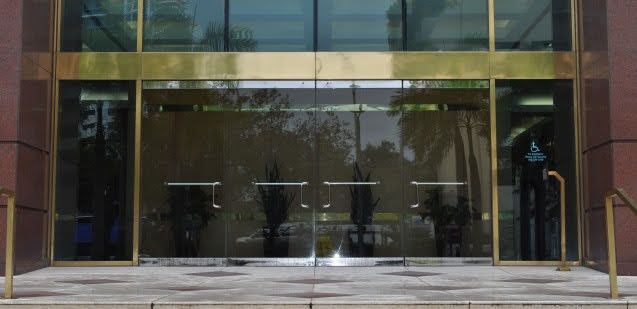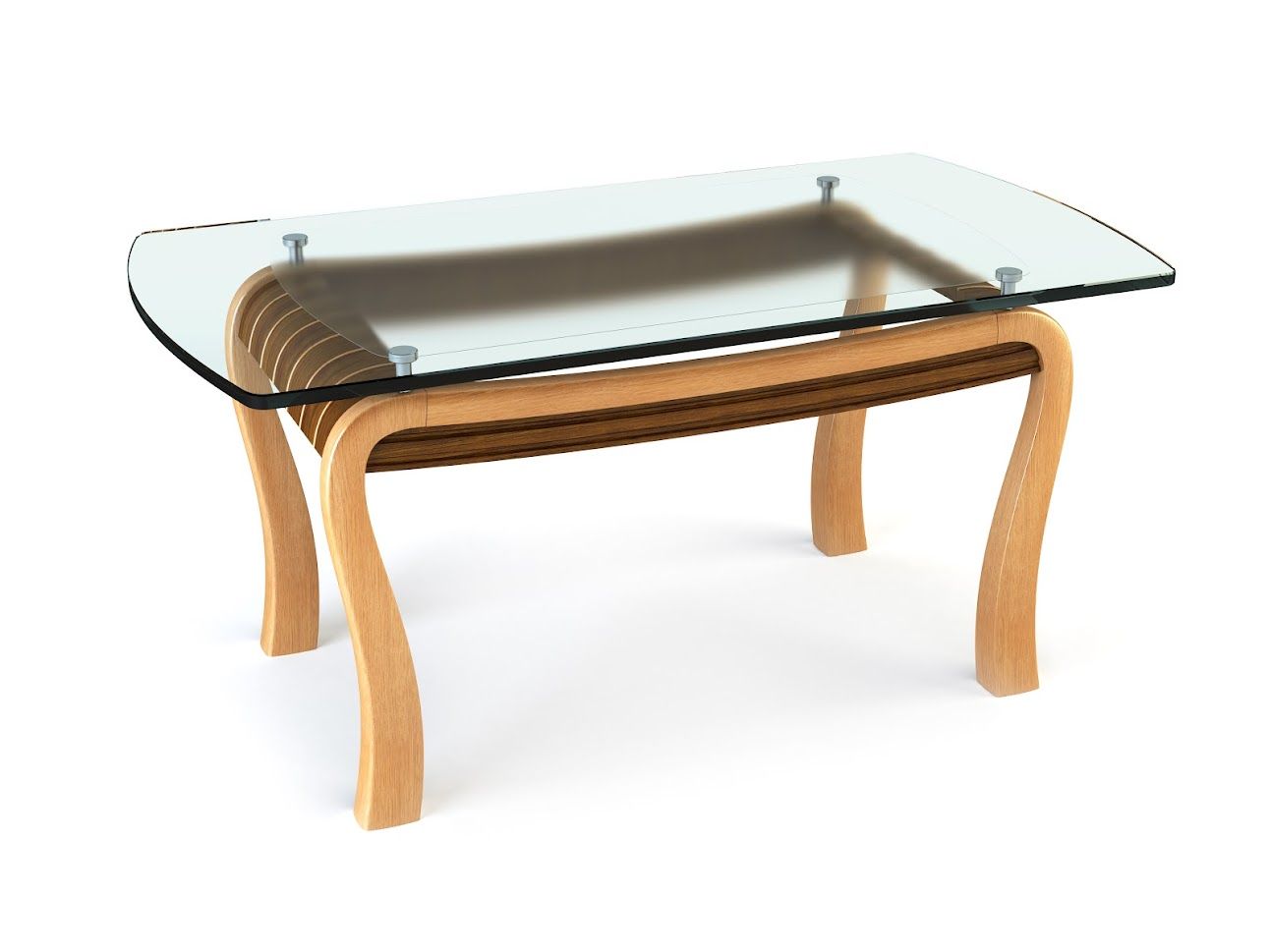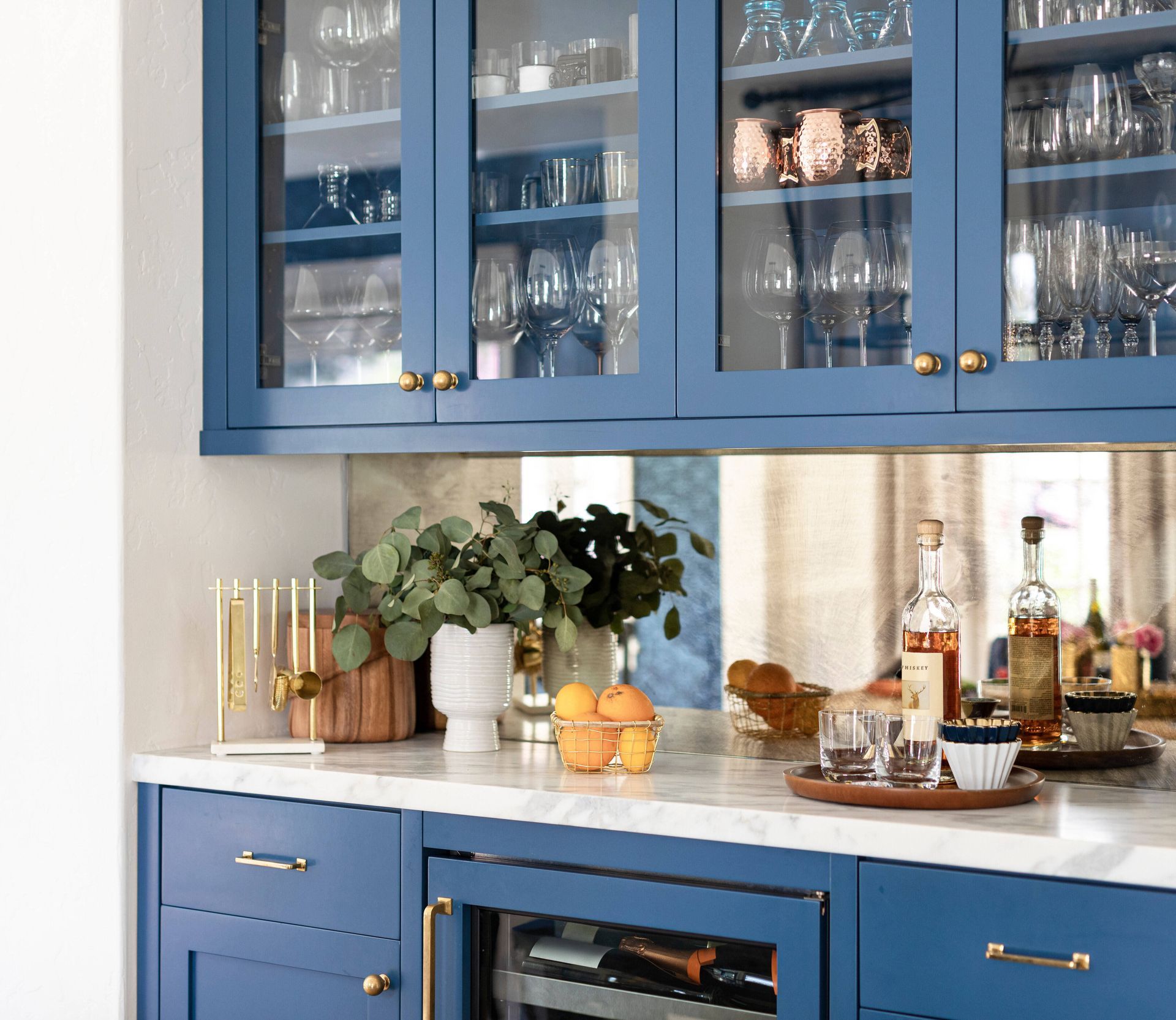Safety and Glass: Materials Matter
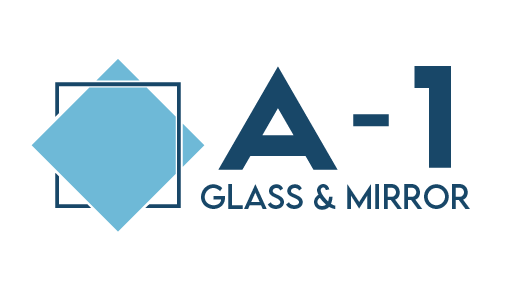
Safety and Glass: Materials Matter
Tempered Glass - The most common type of safety glass is tempered glass. Tempered glass is created using high heat and rapid cooling, resulting in a stronger glass that will “explode” into “a million tiny pebble-sized pieces” when broken. Tempered glass must be used in certain applications such as in car windows, and in and adjacent to doors.
Laminated/Filmed Glass – Many different laminate and film products exist to improve the safety profile of glass. One or more layers of laminating material is often used on glass when forceful impacts such as birds, windborne-debris, or bullets are anticipated. Window film products also come in many different forms, with the most common being the safety film used on the backs of mirrors in gyms (used so that the mirror glass will stay “stuck” to the wall if broken by an errant weight or barbell).
Fire-Rated Glass – A variety of smoke- and fire-rated glass may be installed where protection from heat and flames is required. Fire-Rated glass is an expensive specialty product, and is generally only used in commercial buildings, for example at a factory’s back office that is out of reach of the sprinkler system.
Wire-Mesh Glass – While commonly used in the mid to late 20th century, wire-mesh glass is rarely seen today. More resistant to damage than standard vision glass, the crossed mesh of wires inside wire-mesh glass improves the ability of the glass to stay in the opening, even if broken. Wire-mesh glass was commonly used when a barrier to the outside was still needed, even after the glass was broken E.G. exterior hotel doors in high-crime/homeless areas. Wire-mesh glass is generally not used today.
Windborne-Debris Impact Resistance – Glass specifically manufactured to resist impacts from windborne, or windblown, debris is commonly seen today. The most prevalent use is in hurricane zones such as Florida, or in areas that experience frequent high winds or tornados such as the eastern Oregon high desert. Windborne-debris resistant glass is typically manufactured using a combination of thick tempered glass, layers of laminate, and air pockets. Many municipal buildings utilize windborne-debris impact resistant glass, as critical services such as fire stations cannot simply shut down their operations, even during windstorms or hurricanes.
Ballistic Glass – Unfortunately, recent years have seen a drastic increase in demand for bullet-resistant glass due to public familiarity with gun crimes. Oftentimes used in high profile government offices such as military recruiting stations and crime-ridden areas such as inner-city convenience stores, recent years have seen many schools and manufacturing facilities explore ballistic glass systems. Ballistic glass is extremely expensive, and though bullet resistant, no glass is bullet proof; all types of bullet-resistant glass carry different protection ratings. Customers would be wise to thoroughly research ballistic glass before making a purchase: each type or “class” of ballistic glass only resists extremely specific types and quantities of impacts. So just because the glass at your convenience store may resist one 9mm bullet impact, it may not resist more than one 9mm impact.
Specialty Glass – Several varieties of specialty safety glass are also manufactured for highly specific purposes. For example, a clean room may install glass that is resistant to lasers, or a hospital may require X-Ray rated glass. These specialty glass types are rarely encountered outside of municipal, military, and industrial applications.
Safety-tempered glass is the most common type of safety glass, and among other guidelines, is required by building code when glass is:
- In any swinging or sliding door.
- Within 24” horizontally from a door when the bottom of the glass is less than 60” above the floor.
- Within 36” of a walking surface when the glass is over 9 square feet, the bottom is less than 18” from the floor, and the top is greater than 36” from the floor.
- In any railing.
- At any areas containing swimming pools, hot tubs, saunas, showers, and other wet areas when the glass is less than 60” from the walking surface.
- Adjacent to ramps and stairways.
- In other areas designated “hazardous locations” by local or international building codes.
Safety glass is used in a variety of applications such as commercial, residential, and municipal buildings. Safety glass is typically not used in residential homes, except where required in doors, showers, and occasionally patio tables. However, most businesses and commercial buildings rely on safety glass to protect employees and the public from hazards. While building code requires safety glass in certain applications and areas, many owners also elect to install safety glass anywhere that safety is paramount. Common applications for safety glass may be windows high above a manufacturing floor, in the exterior windows of a school in a tornado alley, at the service window of a police station, or in an elderly care home or veterinary clinic. Careful consultation with local laws and building codes is crucial to ensure that one utilizes the correct type of glass for the job. In general, the use of safety glass is encouraged not only when mandated, but also when a specific situation is anticipated, such as where broken glass may injure disabled persons, or animals.
Many types of safety glass exist, so it is very important to “do your homework” to ensure that you are complying with all local laws and building codes. Additionally, one must balance cost with ethical considerations; many people elect to use safety glass where it is not required, but potential injuries to employees, customers, schoolchildren, or pets simply cannot be tolerated. Safety glass is also commonly used in specialty commercial applications to protect lives and valuable assets, such as protecting computer servers from fire. Whatever the application, A-1 Glass & Mirror is happy to assist in completing your project. And if you’re not quite sure which type of glass your project requires, the friendly glaziers and staff at A-1 Glass are always glad to answer any questions you may have.
Reliable – Quality - Friendly
Since 1955
A-1 GLASS & MIRROR
5465 SW WESTERN AVE STE. J
BEAVERTON, OR 97005
T: 503-646-9641 F: 503-643-9439
https://www.a1glassandmirror.com/

Browse Our Website
Contact Information
Phone: (503) 646-9641
Email: info@a1glassandmirror.com
Address: 5465 SW Western Ave Suite J Beaverton, OR 97005
Office Hours:
- Mon - Fri
- -
- Sat - Sun
- Closed
License #: 236963 - Oregon
A1GLAGM787N9 - Washington
